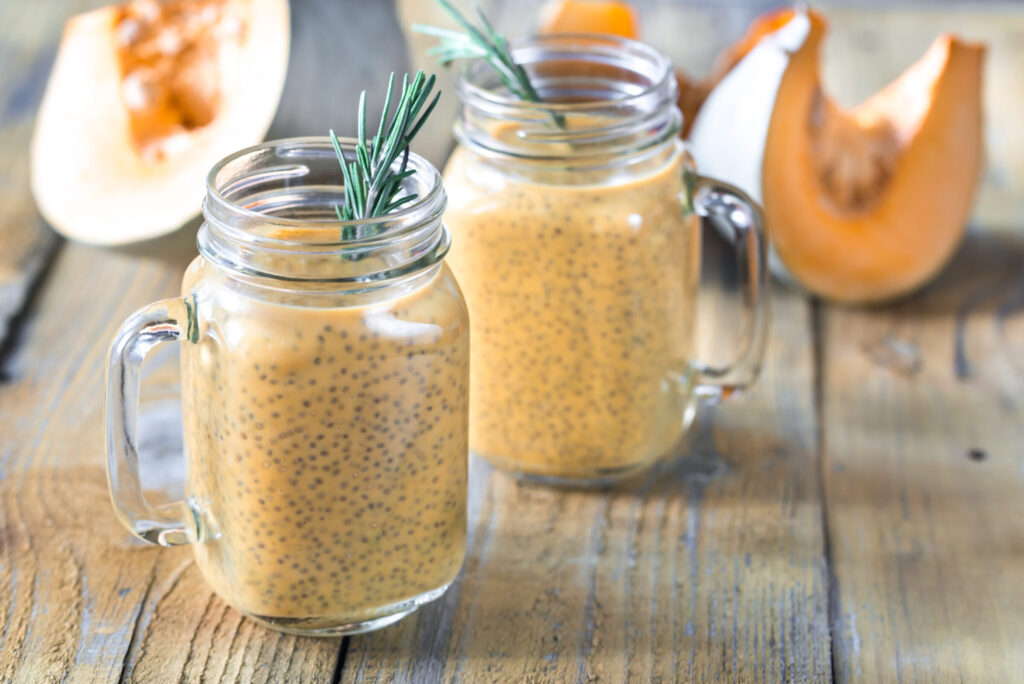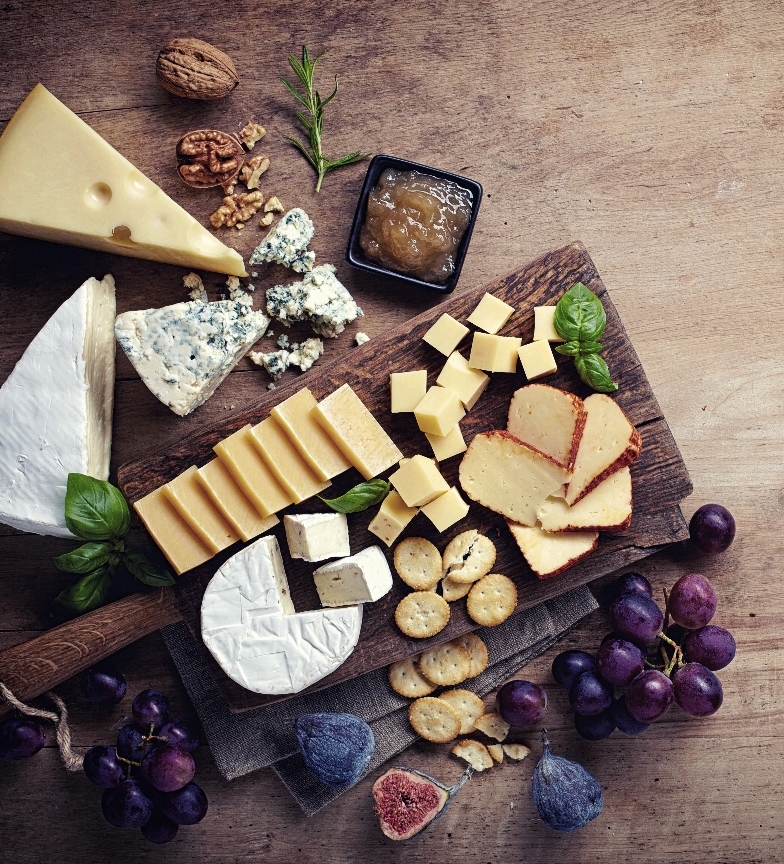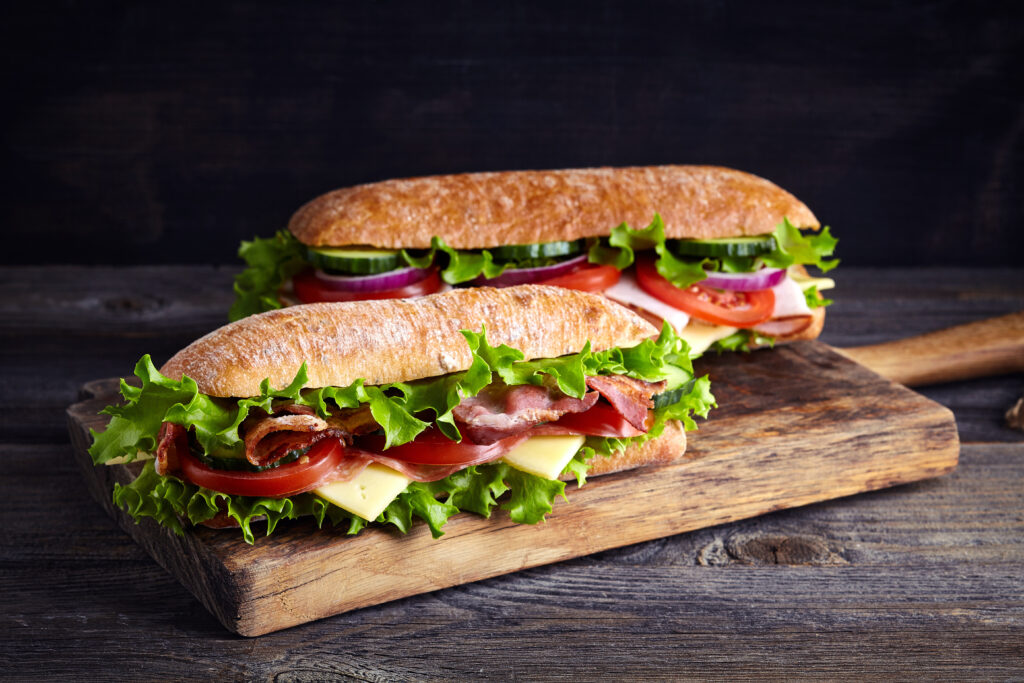

 " alt="Foodie terms - a cheese board">
" alt="Foodie terms - a cheese board"> " alt="Two fresh submarine sandwiches with ham, cheese, bacon, tomatoes, lettuce, cucumbers and onions on wooden cutting board">
" alt="Two fresh submarine sandwiches with ham, cheese, bacon, tomatoes, lettuce, cucumbers and onions on wooden cutting board">If you consider yourself to be a foodie, then you need to be fluent in the latest foodie terminology. Foodies are individuals who have a deep appreciation and enthusiasm for all things food. They not only have a love for food, but foodies are often well-versed in the culinary world and keep a pulse on fads, education, and culinary tourism. This food trend has grown significantly in popularity over the years, in fact Millennials (“Gen-Y”) have been called the “foodie generation.”
Typically, foodies are amateurs, rather than professionals working in the food industry, and many of them are self-taught. They do more than just eat great food but also connect and engage with it. With an increase in digital and social media platforms available, food has become a vehicle for storytelling and self-expression. Food blogs and food influencers are accessible at our fingertips, which means most of us have become more knowledgeable in the world of food.
As food trends continue to grow, there are countless foodie terms, both professional and urban, that are used in the culinary world, and new ones that are constantly being created. Whether you consider yourself a foodie or not, we’re breaking down some of the most common food terminologies to keep you in the loop.
Foodies have knowledge not just about food but also the chefs, cooking styles or methods of a variety of cuisines. Here are some of the most common terms every foodie should know:
Umami: The savoury or meaty taste that is one of the five basic tastes, along with sweet, sour, salty, and bitter.
Molecular gastronomy: The application of scientific principles to cooking to create innovative dishes and flavours.
Fusion cuisine: The blending of culinary traditions and techniques from different cultures.
Farm-to-table: The concept of using locally sourced and seasonal ingredients in cooking.
Artisanal: Refers to foods that are handmade or produced in small batches, using traditional methods.
Tapas: Small, shareable, Spanish-style dishes served as appetizers or snacks.
Charcuterie: A selection of cured meats, pâtés, and other meat products, often served on a platter.
Nose-to-tail: A cooking philosophy that encourages using all parts of an animal, including organs and less popular or unconventional cuts.
Slow food: A movement that advocates for the use of locally sourced, seasonal ingredients, and traditional cooking methods to promote food that is good, clean, and fair.
Terroir: The environmental factors such as soil and climate that influence the taste and quality of food and wine.
For all the high-end foodies out there who love luxurious dishes, make sure you’re familiar with the following terms:
Confit: Meat or poultry (often duck) that is cooked and stored in its own fat.
Tartare: Finely chopped raw meat or fish.
Amuse-Bouche: Literally meaning “amuse the mouth,” it’s a small sampling of food served before a meal to whet the palate.
Chiffonade: To slice into very thin strips
Sous vide: A cooking method that consists of sealing food in an airtight plastic bag and placing it in a water bath for a long period of time.
Compote: A chilled sauce of fresh or dried fruit cooked in a syrup.
Emulsion: The blending together of two liquids that don’t typically go together, like water and fat. Mayonnaise is a common emulsion.
Demi-glace: A rich brown sauce made from reduced veal and beef stock.
Coulis: A thick sauce made from puréed and strained fruits or vegetables.
Omakase: In Japanese, ‘omakase’ means “I’ll leave it up to you,” meaning you’re putting your dining experience in the hands of the chef, who decides your menu. This is typically done at high-end sushi restaurants.
There are several common food lifestyles or diets that many people follow for various reasons. A few of the most popular ones include:
Vegetarian: A diet that excludes meat, poultry, and seafood but may include dairy and eggs.
Vegan/Plant-Based: A diet that excludes all animal products, including meat, dairy, eggs, and honey.
Plant-Forward/Plant-Focused: This is a style of cooking or eating that highlights plants-based ingredients. Food is made primarily from plants, but can include small amounts of meat, poultry, fish, seafood, dairy, or eggs.
Pescatarian: A diet that includes fish and seafood, but excludes meat and poultry.
Flexitarian/Reduceatarian: A flexible vegetarian diet that includes occasional meat or fish.
Gluten-Free: A diet that excludes gluten, a protein found in wheat, barley, and rye, often for people with celiac disease or gluten sensitivity.
Paleo: A diet that includes foods that our ancestors ate during the Paleolithic era, such as meat, fish, fruits, and vegetables, and excludes processed foods, grains, and dairy.
Keto: A low-carbohydrate, high-fat diet that encourages the body to burn fat for energy.
Mediterranean: A diet inspired by the traditional eating patterns of countries bordering the Mediterranean Sea, emphasizing fruits, vegetables, whole grains, legumes, fish, and olive oil.
Whole Food: A diet that focuses on consuming whole, unprocessed foods and avoiding processed or refined foods.
Raw Food: A diet that consists of uncooked and unprocessed foods, often including fruits, vegetables, nuts, and seeds.
One thing we know is that foodies are here to stay. As a food service provider, it’s important for us to be well-versed on current food trends. Staying on top of food trends is crucial for us to remain competitive, meet guest demands, and create a memorable food experience. We aim to elevate the food service experience for our guests, every day – that means providing meals that are worth talking about and instagramming about!
Learn more about how Dana stays innovative with food trends.
Want to learn more about how Dana can make a difference with its food service offerings? Get in touch with our team today!